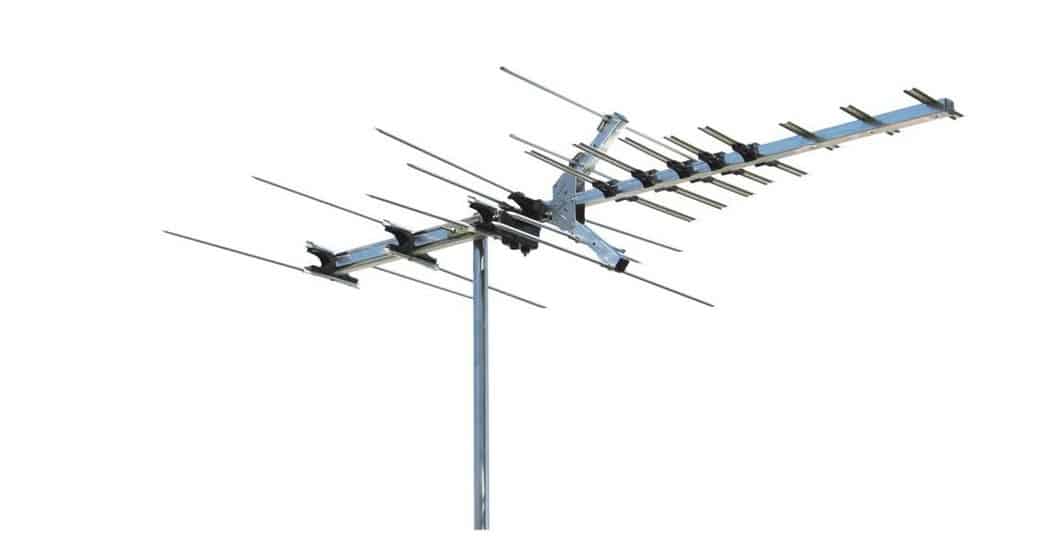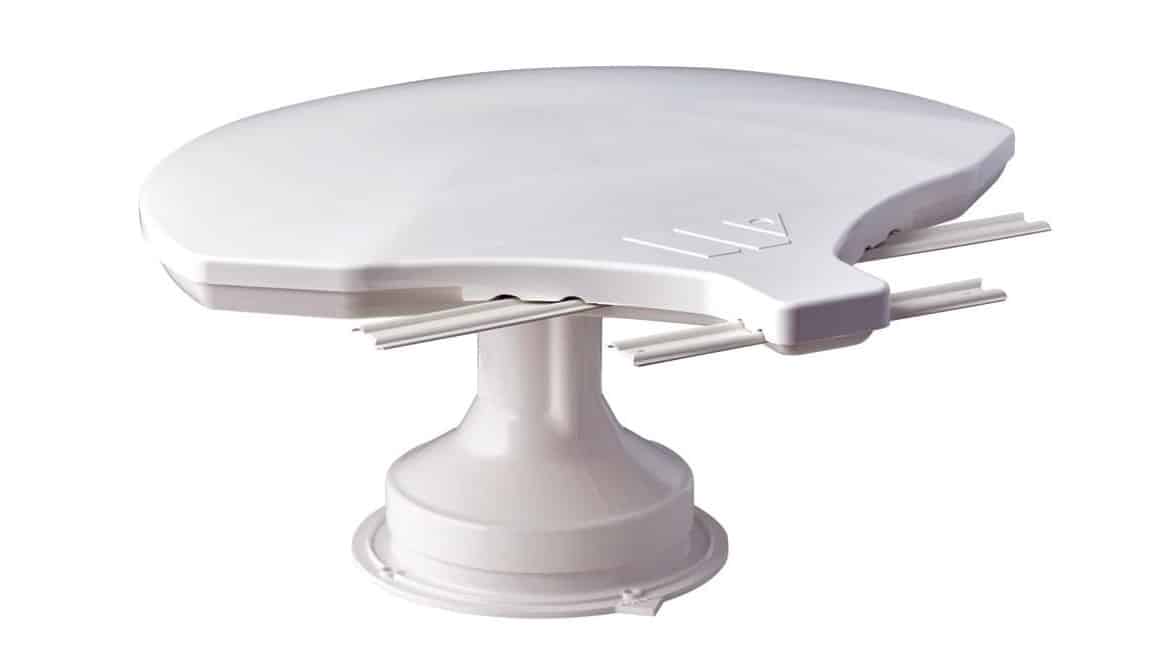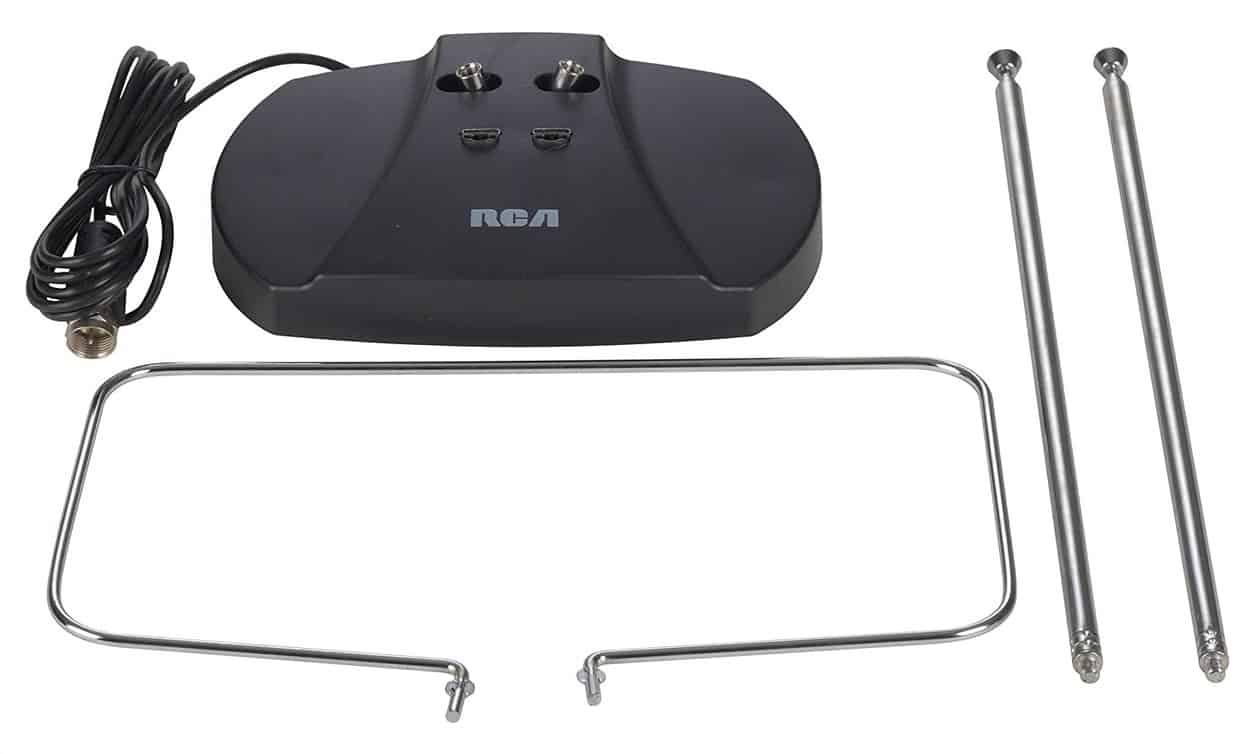Finding the best TVs requires knowledge of the various terms and acronyms that you’ll hear, which is especially true for the ever-changing world of HD content. For example, if you want to find the perfect picture quality, you should understand the difference between a TV with Full HD vs HD. Also, when looking for the right picture quality, it’s essential to understand your TV’s backlight vs brightness settings.
KEY TAKEAWAYS:
- Screen resolution is calculated based on the horizontal and vertical pixel lines: the more pixels there are, the better the image.
- Full HD has a 1980 x 1080 resolution, and a regular HD has 1280 x 720, which gives a full HD four times the picture quality as an HD.
- For a TV with a smaller screen size, using a regular HD won’t be that much different from a full HD.
Differences Between an HD Ready TV vs HDTV
Both Full HD and regular HD (also known as HD-ready) have to do with the lighting process behind the rows of vertical and horizontal pixels on the screen. Regular HD TVs offer a 720p image resolution with a 1280 x 720-pixel display. On the other hand, Full HD resolution TVs are 1920 x 1080 and can display 1080p images.
Insider Tip
If you use a display for competitive gaming, you shouldn’t use anything less than a full HD display.
Overall Visual Quality
The display resolution tells you how many pixels make up the display. The more pixels present, the higher the image quality will be. With this in mind, it’s easy to tell which technology will give you a higher definition and a more realistic viewing experience. In this case, a full HD screen has four times the amount of pixels as an HD-ready TV resolution.
So, now it’s clear that Full HD is definitively the better technology. But are there any reasons why to go with regular HD images? Some say that if you are looking for a small TV, like below 34 inches, HD ready isn’t that bad an option, and the difference in viewing experience will be marginal.
Comparing Price Tags
There is a considerable advantage that regular HD displays hold over Full HD, and that is a more affordable price. You can easily find either type of display for under $1,000, but HD-ready TVs will be, at most, a few hundred dollars.
Performance for Gaming
When it comes to gaming, screen resolution dramatically affects the overall experience. For all gamers, it’s essential to know that refreshing the horizontal and vertical pixels is one of the significant components of a quality setup. Screen resolution matters a great deal for fast-paced sequences. The level of your resolution will determine how blurry the screen is and better show the minor, fast-paced details of the game. Another good thing for gamers to know is the difference in input lag for TVs vs monitors.
Warning
Don’t worry too much if the model you like only has 720p. This resolution is the default standard in modern televisions and will most likely support 1080p unless it’s a very cheap model and of poor quality.
F.A.Q.S
Will a UHD TV increase the image quality of 1080p movies?
There will be a noticeable increase in quality, but it won’t be the exact resolution as a 4k movie.
What is video resolution?
Video resolution counts the number of pixels that go into one frame in a video. Therefore, a frame with more pixels will yield an overall sharper image.
What is a 4K TV?
Televisions with 4k resolution, also known as ultra high definition, have over four times as many pixels as Full HD TVs. All 4k TVs have a 3840 x 2160 pixel resolution, whereas full HD has 1,920 x 1,080.
STAT: The resolution gap between Full HD and HD is more significant than HD and standard definition displays. (source)

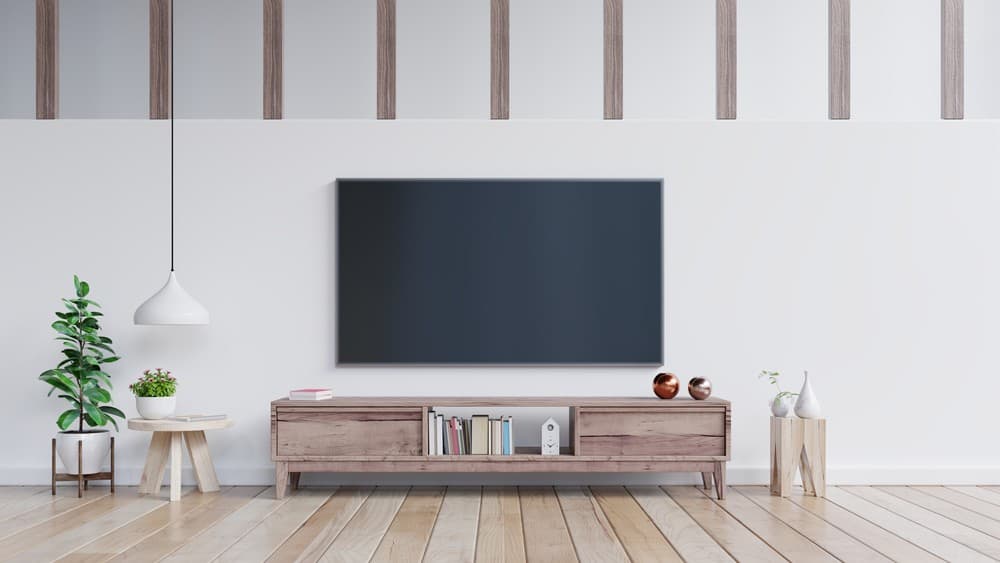

























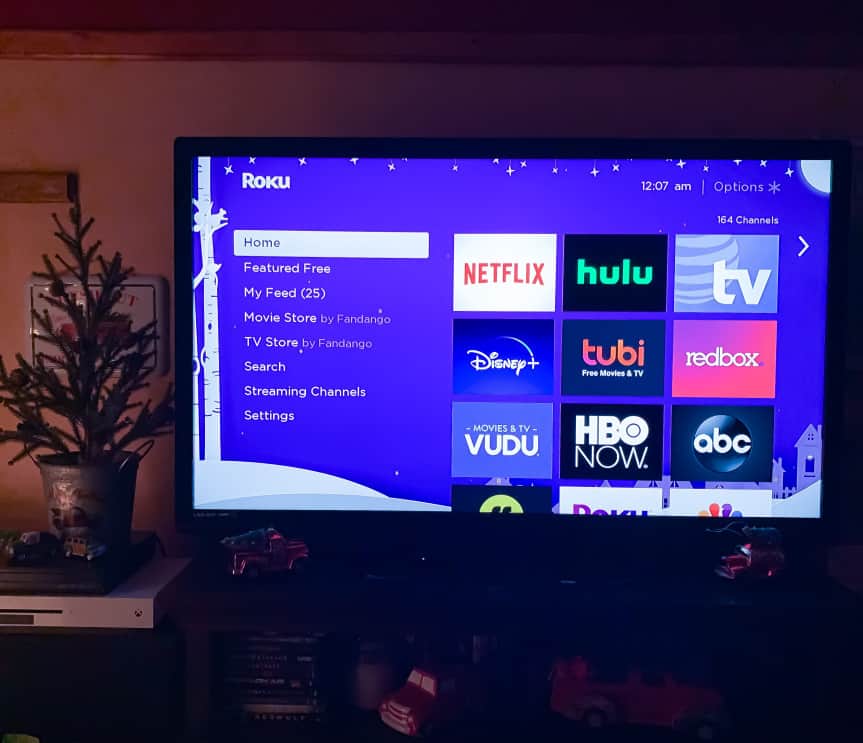





![Best Drones Under the Cost of Ferrari in [year] 25 Best Drones Under the Cost of Ferrari in 2025](https://www.gadgetreview.dev/wp-content/uploads/image-test-3.jpg)
![Best LEDs & LCDs in [year] ([month] Reviews) 26 Best LEDs & LCDs in 2025 (November Reviews)](https://www.gadgetreview.dev/wp-content/uploads/Samsung-UN65RU7100FXZA.jpg)
![Best Streaming Services in [year] ([month] Reviews) 27 Best Streaming Services in 2025 (November Reviews)](https://www.gadgetreview.dev/wp-content/uploads/netflix-750x422-1.png)
![Best Streaming Movie and Shows in [year] ([month] Reviews) 28 Best Streaming Movie and Shows in 2025 (November Reviews)](https://www.gadgetreview.dev/wp-content/uploads/Streaming-reviews.jpg)
![Best TVs in [year] ([month] Reviews) 29 Best TVs in 2025 (November Reviews)](https://www.gadgetreview.dev/wp-content/uploads/Sony-XBR55X810C-TV-1.jpg)
![Best Shows on Amazon in [year] ([month] Reviews) 30 Best Shows on Amazon in 2025 (November Reviews)](https://www.gadgetreview.dev/wp-content/uploads/The-Boys-750x474-1.jpg)
![Best Small TVs in [year] 31 Best Small TVs in 2025](https://www.gadgetreview.dev/wp-content/uploads/best-small-tv-image.jpg)
![Best 60 Inch TVs in [year] 32 Best 60 Inch TVs in 2025](https://www.gadgetreview.dev/wp-content/uploads/best-60-inch-tv-image.jpg)
![Best 50 Inch TVs in [year] 33 Best 50 Inch TVs in 2025](https://www.gadgetreview.dev/wp-content/uploads/best-50-inch-tv-imgr.jpg)
![Most Energy Efficient TVs in [year] 34 Most Energy Efficient TVs in 2025](https://www.gadgetreview.dev/wp-content/uploads/most-energy-efficient-tv-image.jpg)
![Best TVs for Apple TV in [year] 35 Best TVs for Apple TV in 2025](https://www.gadgetreview.dev/wp-content/uploads/best-tv-for-apple-tv-image.jpg)
![Best TV Antennas in [year] ([month] Reviews) 36 Best TV Antennas in 2025 (November Reviews)](https://www.gadgetreview.dev/wp-content/uploads/best-tv-antennas-image.jpg)
![Best Mitsubishi TVs in [year] 37 Best Mitsubishi TVs in 2025](https://www.gadgetreview.dev/wp-content/uploads/best-mitsubishi-tv-image.jpg)
![Best Smart TVs in [year] ([month] Reviews) 38 Best Smart TVs in 2025 (November Reviews)](https://www.gadgetreview.dev/wp-content/uploads/best-smart-tvs-image.jpg)
![Best Conference Room TVs in [year] 39 Best Conference Room TVs in 2025](https://www.gadgetreview.dev/wp-content/uploads/best-conference-room-tv-image.jpg)
![Best Dumb TVs in [year] 40 Best Dumb TVs in 2025](https://www.gadgetreview.dev/wp-content/uploads/best-dumb-tv-image.jpg)
![Best 80 inch TVs in [year] 41 Best 80 inch TVs in 2025](https://www.gadgetreview.dev/wp-content/uploads/best-80-inch-tv-image.jpg)
![Best Shows on Hulu in [year] ([month] Reviews) 42 Best Shows on Hulu in 2025 (November Reviews)](https://www.gadgetreview.dev/wp-content/uploads/The-Handmaids-Tale-750x422-1.jpg)














